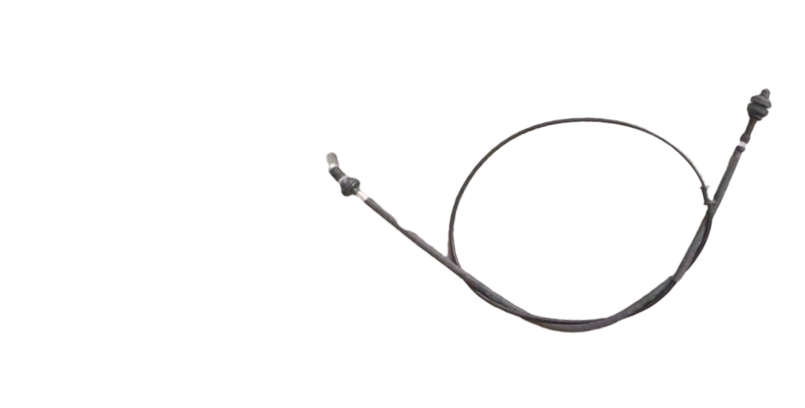e brake line
Understanding the E-Brake Line A Critical Component of Vehicle Safety
The e-brake line, commonly referred to as the emergency brake line or handbrake line, plays a pivotal role in the overall functionality and safety of a vehicle. While often overshadowed by the more conventional braking system, the e-brake line is crucial for ensuring the vehicle remains stationary when parked and can provide additional safety during emergency situations.
What is the E-Brake Line?
The e-brake line is part of the handbrake mechanism in vehicles. It operates independently of the main braking system, which typically uses hydraulic pressure to engage the brakes. Instead, the e-brake line employs a cable system that directly engages the rear brakes when the handbrake lever is pulled. Most vehicles come equipped with either a mechanical cable system or a more advanced electronic parking brake that can engage electronically.
Importance of the E-Brake Line
1. Safety During Parking The primary function of the e-brake line is to keep the vehicle stationary when parked. This is especially vital on inclines, where a car might roll if not properly secured. Engaging the e-brake line prevents potential accidents and damage by holding the vehicle in place.
2. Emergency Situations In emergencies where the main braking system fails, the e-brake can serve as a backup. If a driver encounters sudden brake failure, pulling the emergency brake can slow down or even stop the vehicle, offering a critical tool in avoiding accidents.
3. Control in Adverse Conditions In slippery conditions, such as ice or snow, the e-brake line allows for controlled braking. By applying the handbrake gently, a driver can help manage the vehicle's speed and stability, enhancing control during challenging driving conditions.
Signs of E-Brake Line Problems
Maintaining the e-brake line is as important as taking care of the primary braking system. Here are some signs that indicate potential issues
- Poor Engagement If the handbrake does not feel secure or requires excessive pulling to engage, there might be a problem with the cable or the caliper. - Unusual Noises Grinding or clunking sounds when the handbrake is pulled can signify that the components are worn or damaged.
e brake line

- Warning Lights Many modern vehicles have dashboard indicators for the parking brake. If the warning light remains illuminated even when the brake is disengaged, a malfunction may be present.
- Visual Inspection A visual check can reveal frayed cables or corrosion. If the e-brake line appears damaged, it's essential to have it inspected by an automotive professional.
Maintenance Tips for E-Brake Line
To ensure the longevity and effectiveness of the e-brake line, regular maintenance is crucial. Here are some tips
1. Routine Inspections Regularly check the e-brake for signs of wear and tear, and have it inspected during routine vehicle maintenance.
2. Lubrication Keeping the cable properly lubricated can prevent rust and ensure smooth operation.
3. Avoid High Loads Avoid overloading the vehicle, as excessive weight can strain the e-brake system.
4. Immediate Repairs If you notice any issues with the e-brake line, address them immediately to avoid further complications.
Conclusion
The e-brake line is an essential component that supports both vehicle safety and performance. While it may not receive as much attention as the main braking system, its importance cannot be overstated. Understanding its function and signs of potential issues, along with proper maintenance, can significantly contribute to the overall safety of the vehicle and its occupants. Whether you're driving in hilly terrain or navigating icy roads, the e-brake line is an invaluable asset that keeps you safe and secure.
-
Workings of Clutch Pipe and Hose SystemsNewsJun.04,2025
-
The Inner Workings of Hand Brake Cable SystemsNewsJun.04,2025
-
The Secrets of Throttle and Accelerator CablesNewsJun.04,2025
-
The Hidden Lifeline of Your Transmission Gear Shift CablesNewsJun.04,2025
-
Demystifying Gear Cables and Shift LinkagesNewsJun.04,2025
-
Decoding Clutch Line Systems A Comprehensive GuideNewsJun.04,2025
